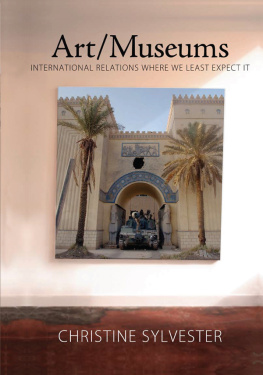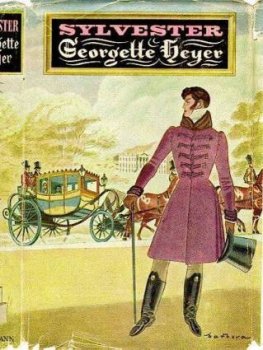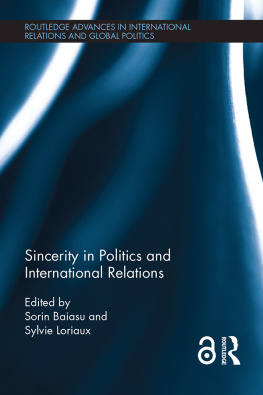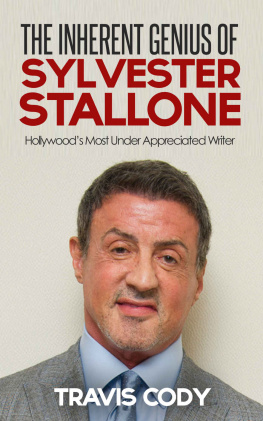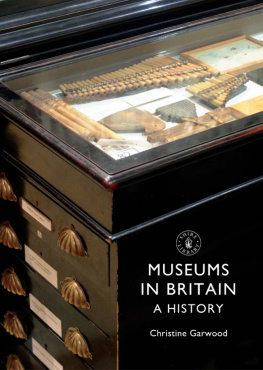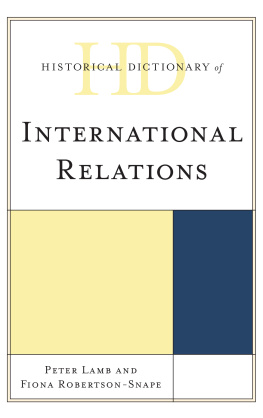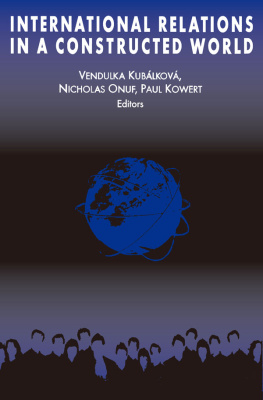Art/Museums
International Relations
Where We Least Expect It
CHRISTINE SYLVESTER
First published 2009 by Paradigm Publishers
Published 2016 by Routledge
2 Park Square, Milton Park, Abingdon, Oxon OX14 4RN
711 Third Avenue, New York, NY 10017, USA
Routledge is an imprint of the Taylor & Francis Group, an informa business
Copyright 2009, Taylor & Francis.
All rights reserved. No part of this book may be reprinted or reproduced or utilised in any form or by any electronic, mechanical, or other means, now known or hereafter invented, including photocopying and recording, or in any information storage or retrieval system, without permission in writing from the publishers.
Notice:
Product or corporate names may be trademarks or registered trademarks, and are used only for identification and explanation without intent to infringe.
Library of Congress Cataloging-in-Publication Data
Sylvester, Christine, 1949
Art/museums: international relations where we least expect it / Christine
Sylvester.
p. cm.
Includes bibliographical references and index.
ISBN 978-1-59451-464-7 (hardcover: alk. paper) ISBN 978-1-59451-465-4
(pbk.: alk. paper)
1. Art museumsPolitical aspects. 2. MuseumsPolitical aspects. 3.
International relations. I. Title.
N430.S95 2009
708dc22
2008039111
Designed and Typeset by Cheryl Hoffman
ISBN 13: 978-1-59451-464-7 (hbk)
ISBN 13: 978-1-59451-465-4 (pbk)
to a wily coyote and a pumpkin on the gill
Contents
H ere is the real location of any curators egg: in the room with the acknowledgments and heartfelt thanks. Among many people, studios, artists, and galleries that helped me along the way, gave me encouragement, or inspired me with their work, I especially want to thank, in alphabetical order: Brooke Ackerly, Tina Balmer, Anthony Burke, Stephen Chan, Kathryn Cramerei, Sharon Daugherty, Mervyn and Lola Frost, Gagosian Gallery (Los Angeles), Gerry Davies, Lene Hansen, Cheryl Hoffman, Brigitte Holzner, Vivienne Jabri, Alyce Jordan, Jennifer Knerr, Peter Larmour, the Leverhulme Foundation, Tim Luke, Erin Manning, Chris May, National Gallery London picture library, David Paletz, Elina Penttinen, Karen Pugliesi, Henriette Riegler, Tricia Smith (Art Resource), Kezia Storr (PAP photos), Tate Modern picture library, Ann Tickner, Helen Topliss, Jeff Wall Studio, Michael E. Weil, and Joseba Zulaika.
With enormous appreciation, I also thank: the Institute of Social Studies, The Hague, for the study leave that kick-started his book; the School of Oriental and African Studies, University of London, Department of Politics and International Relations, for inviting me as visiting professor under the auspices of the Leverhulme Foundation (20032004) and keeping me on as an honorary affiliate for two more years; and my wonderful colleagues at Lancaster University UK, especially the Department of Politics and International Relations.
Cover U.S. tank on the steps of the National Museum of Iraq, Baghdad, 2003
C an we talk about art/museums and international relations in the same breath or is the relationship too fugitiveor trivial? This book digs into that question guided by the strong hunch that there are layers of significance that huddle in the intersections of activities, institutions, and academic fields that do not usually have much to say to each other, at least not directly. Facing up to art/museums as institutions of power and reach takes the field of International Relations (IR) into new areas of analysis and strengthens work in art history and museum studies that ranges internationally, but somewhat naively, because it does not look at the world through any IR lens.
International relations, where the field of IR says it is and therefore expects it to be, conducts diplomacy over a fine state dinner, moves weapons and development advice between states or tries individuals in an international criminal court. It spies, secures, and sends personnel to the United Nations and its expanding agencies. Most noticeably, international relations conducts warseverywhere and frequently. War is its traditional forte. But international relations where IR least expects it is furtive too, seemingly invisible, and thus can be missed by the field. It walks calmly through domestic airport security screenings on September 11, 2001, undetected. It darts nervously, hungrily across borders on a regular basis. It mingles international terrorism with tourism in a Bali nightclub or mixes into an artistic performance by entering a Moscow theater with bombs, shifting attention from the drama on the stage to a terrifying performance of interloper international relations in the stalls. Gory dioramas of massed toy soldiers can turn up in a London art gallery; or art can be taken from a Baghdad museum while combat-ready troops across the street look elsewhere for the real international relations of war.
This book focuses on institutional locations of international relations where IR would least expect it: in major art/museums and galleries. IR claims neither art nor museums as traditional bona fides of international relations. The field might glimpse art looters in the context of a war in Iraq, but it will be slow to incorporate that kind of activity into its studies of war. It will most likely not notice that the groups rushing in to save looted and damaged artifacts are international art teams and institutions. The saga of New Yorks twin towers will not usually be talked about in terms of architectures suddenly fallen and replaced, after intricate politics, in ways that concretize and museumify an event of international relations. The worldly Guggenheim, at once art foundation, set of international museums and governance practices, and organizational network, operates peacefully, although not uncontroversially, in places thick with international relations. The Getty Museum and Center in Los Angeles is so wealthy it can conduct private art diplomacy, while the British Museum is diplomatically adept at warding off restitution claims on the Parthenon sculptures it exhibits and other objects acquired through imperial skulduggery. Interesting, all this, but not particularly so for IRtraditionally, and even now, when IR queries where an international that seems omnipresent resides (Millennium, 2007).
Analysts from the world of art and museums are more regularly attuned to the international in their midst. It appears unmistakably around the museums and archives of Iraq and Afghanistan. Art restitution claims often arise out of the international relations of wars and imperialist acts of the past and present. Globalization increasingly influences where museums locate, the architectures they build, and the visitor amenities they offer. International political economy enables large art museums to become international bazaars that sell ersatz art as neckties, scarves, jewelry, mugs, dinnerware, and vases: in 2003, the Metropolitan Museum of Art turned a profit of around $39 million from its house-managed retail operations (Schneider 2006, 31); its rug department alone seems a cross between a smart Fifth Avenue shop and a market in Dubai. Even the field of museum studies can be critical of art museums as cultural superpowers ruthlessly ensuring that their art holdings are not lost to overseas competitor museums.
The bigger and more internationally esteemed the art institution, the more critical the views of it can be, from the outside and the inside. James Cuno (cited in McClellan 2003b, 36; also, Cuno 2004a, 2004b), who has been director of the Courtauld Institute in London and the Chicago Art Institute, insists that an art museums fundamental purpose is to collect, preserve, and exhibit works of art as a vital part of our nations cultural patrimony. He laments aspects of the new museum and would like to see art museums spend more time debating the direction of collecting and displaying art, research capacity, and future special exhibitions. Recent obsessions with attracting visitors, providing state-of-the-art security, and filling tills emerge from the international management models that major art museums are adopting. Somewhere in between traditional and reformist concerns lie the many discussions taking place about architectural spaces and how to use them, achieving the correct balance between art and nonart offerings, and establishing the kind of ambience to encouragehushed, dignified, and reverential or noisy, busy, and more like an international air terminal than a traditional art museum. In the midst of these debates, it is not easy to work out what an art museum definitively is about today.


